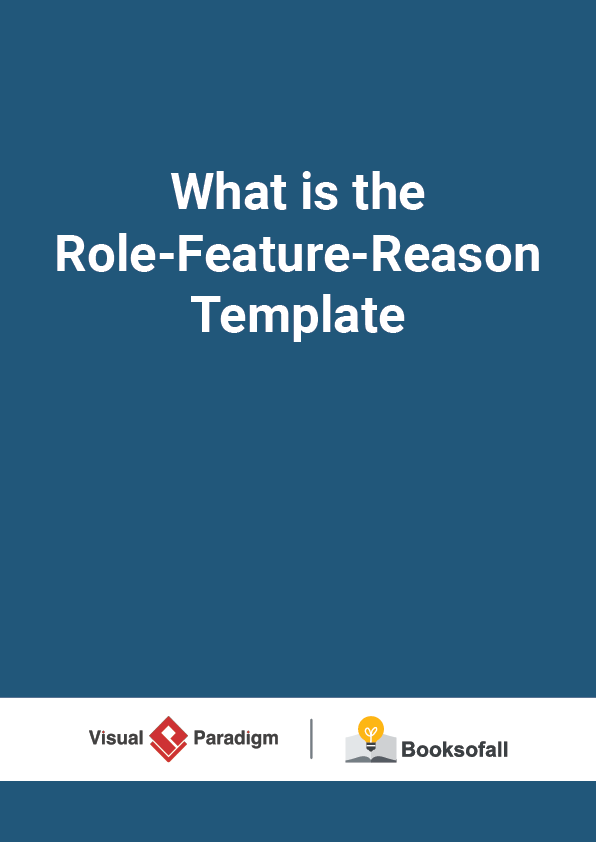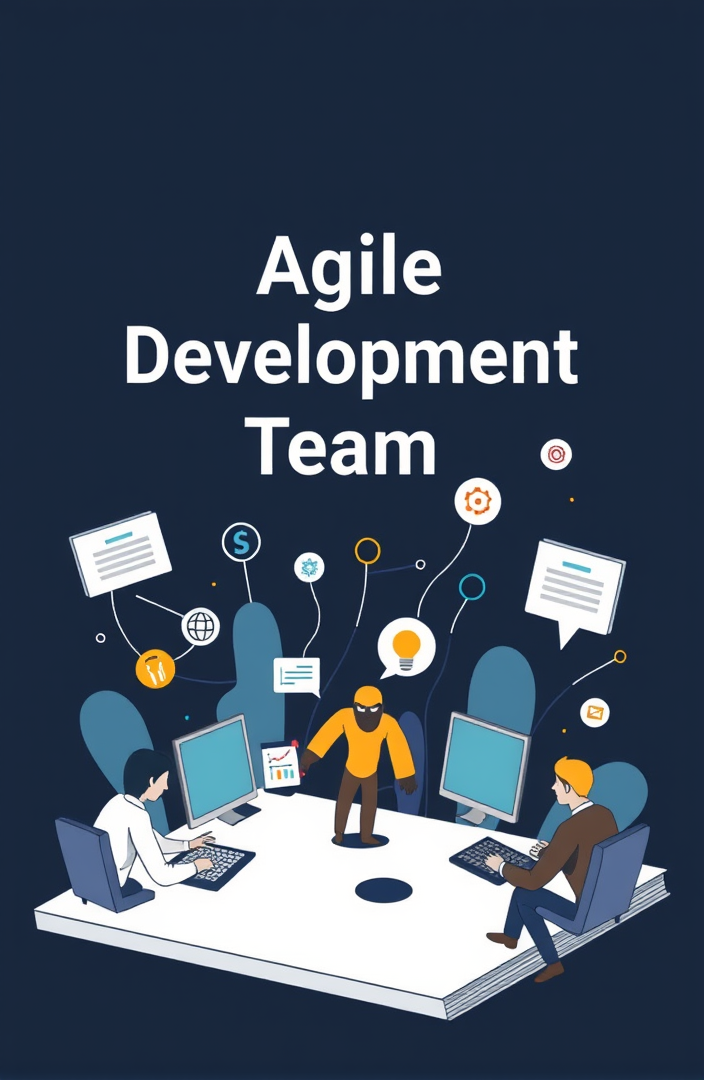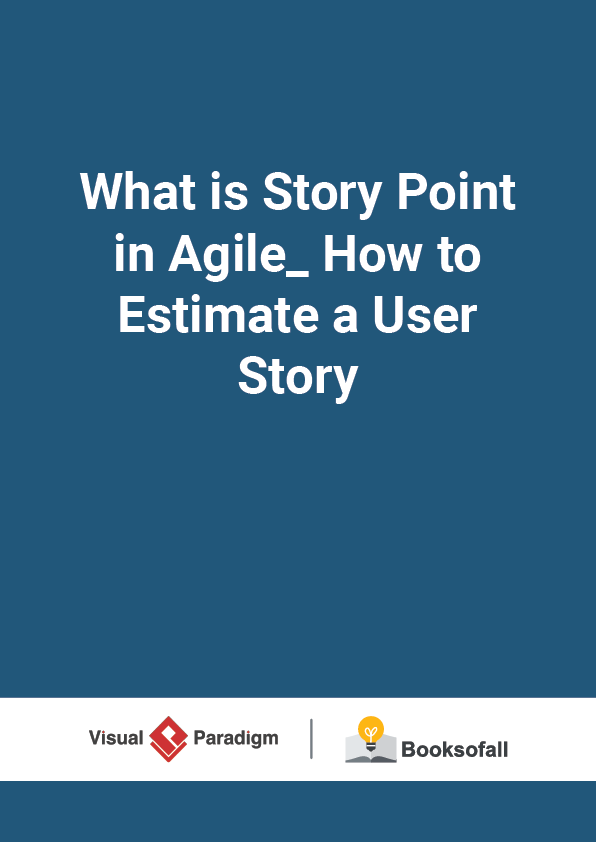Theme vs Epic vs User Story vs Task
6-7 minutes
Theme vs Epic vs User Story vs Task
Products are typically described by hundreds of requirements which are organized in the product backlog. Theme or epics cannot be completed in one sprint so they are broken into more user stories and subsequently a group of related tasks. Epics are then delivered in releases. But even small user stories from different epics can have something in common. Such a group of user stories is called a theme.
The Granularity of Product Backlog Items
Have you ever been confused by the use of terms like Theme (or feature) or epics in Agile Development? New-comers may not know what differences are and even lead to mistakes.
Scrum doesn’t have “stories”, “epics”, etc. Scrum has Product Backlog Items (PBIs),which are often prioritized, split and refined into epics, user stories, technical tasks, spikes and bugs in a just-in-time manner in the backlog grooming process.
Theme/user Feature
A theme provides a convenient way to indicate that a set of related epics have something in common, such as being in the same functional area. By assigning a financial value to Themes, managers can ensure the highest value is being delivered and that the project/program is aligned with its objectives and the strategic direction of the organization.
Epic
An Epic is useful as placeholders for large requirements. It probably won’t fit into a sprint and should be broken down into stories. Epics are usually defined during the initial product roadmap and decomposed into stories in the product backlog as more is learned and is usually written in a User Story format. The decomposed stories in an epic have a common objective and a specific outcome or high-level user need or part of the journey or process someone takes in using the service.
User Stories
User stories are the smallest units of user functionality in agile which can be delivered in one agile sprint. They are typically estimated using story pointed and defined using INVEST criteria. User stories should deliver a vertical slice of functionality to the customer that is valuable and complete by the end of an iteration. A user story must deliver particular value to the user and must be describable in simple language that outlines the desired outcome.
Tasks
Tasks are decomposed parts of a story that get into HOW the story will be completed. Tasks can be hour estimated if desired. Tasks are usually defined by the people doing the work (developers, QA, etc), whereas stories and epics are generally created by the customer or the product owner on behalf of the customer. Thus, the tasks no longer need to be understandable by business users and so can be highly technical. The process of breaking a story down into tasks also helps the development team better understand what needs to be done.
Organize your Product Backlog with Story Map
User Story Map is becoming a popular user story management technique through the efforts of Jeff Patton and others. The user story tool allows you to establish multiple levels and dimensions for a product backlog through the breakdown of user needs as user activities, user tasks, epics, and user stories. Typically, an agile development team makes use of a story map in collaborative meetings in identifying the desired results the end-users want to achieve.
Why User Story Mapping?
Story Maps were first introduced by Jeff Patton in 2005. The main idea behind Story Maps is that single-list product backlogs are a terrible way to organize and prioritize the work that needs to be done. A richer structure is necessary.
A user story map is a powerful tool that enables an agile team to groom their product backlog and plan the product releases more effectively. A user story map captures the journey a customer takes with the product including activities and tasks they perform with the system. Creating a story map collaboratively ensures team members are on the same page from the start of the project through to the ongoing development of new releases.
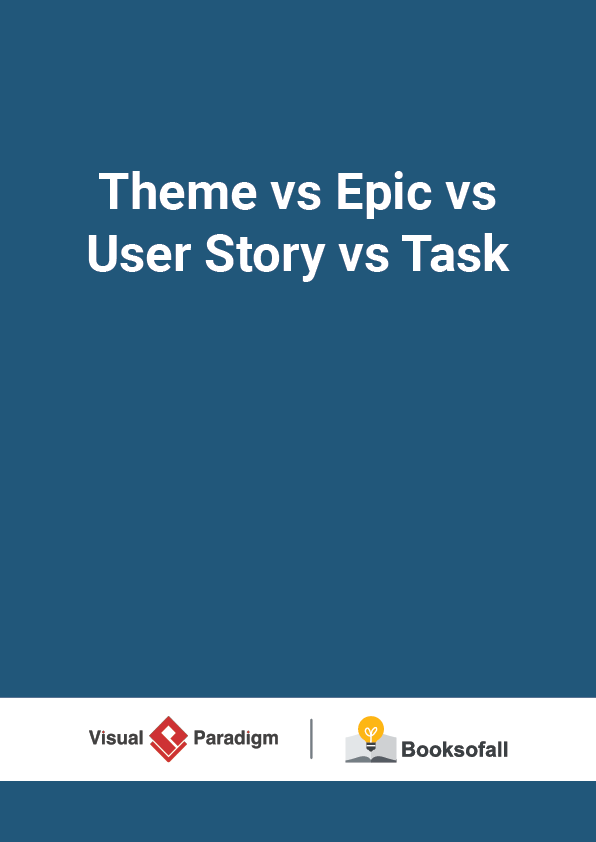

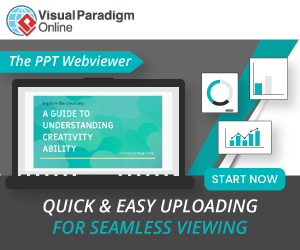
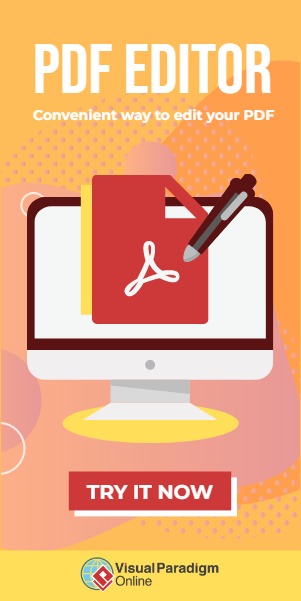
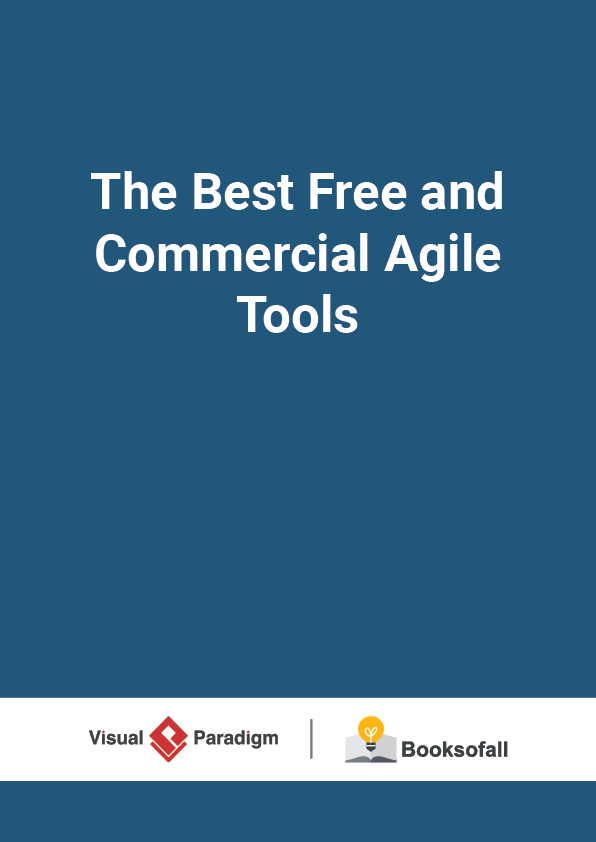
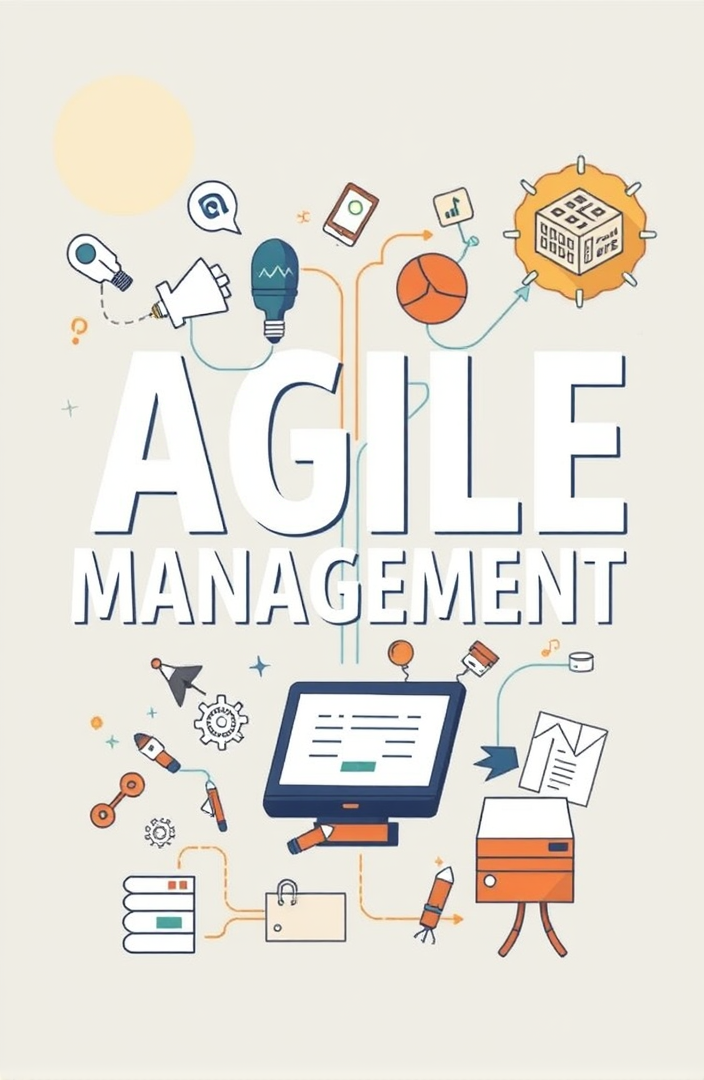
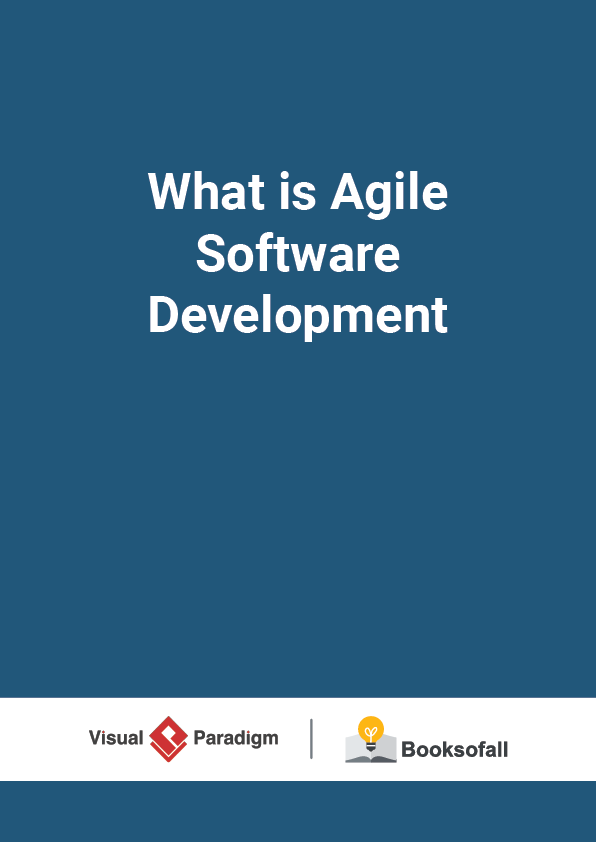
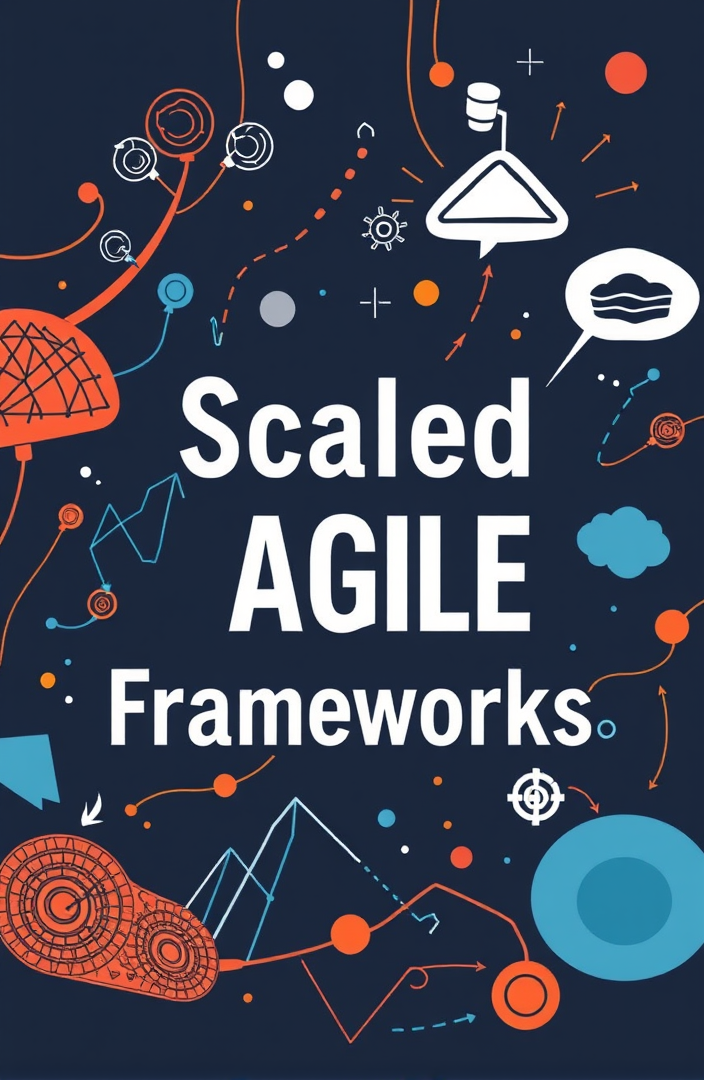
![What is Agile Software Development_ [Quick Guide]](https://www.booksofall.com/wp-content/uploads/2022/05/What-is-Agile-Software-Development_-Quick-Guide-01.png)
